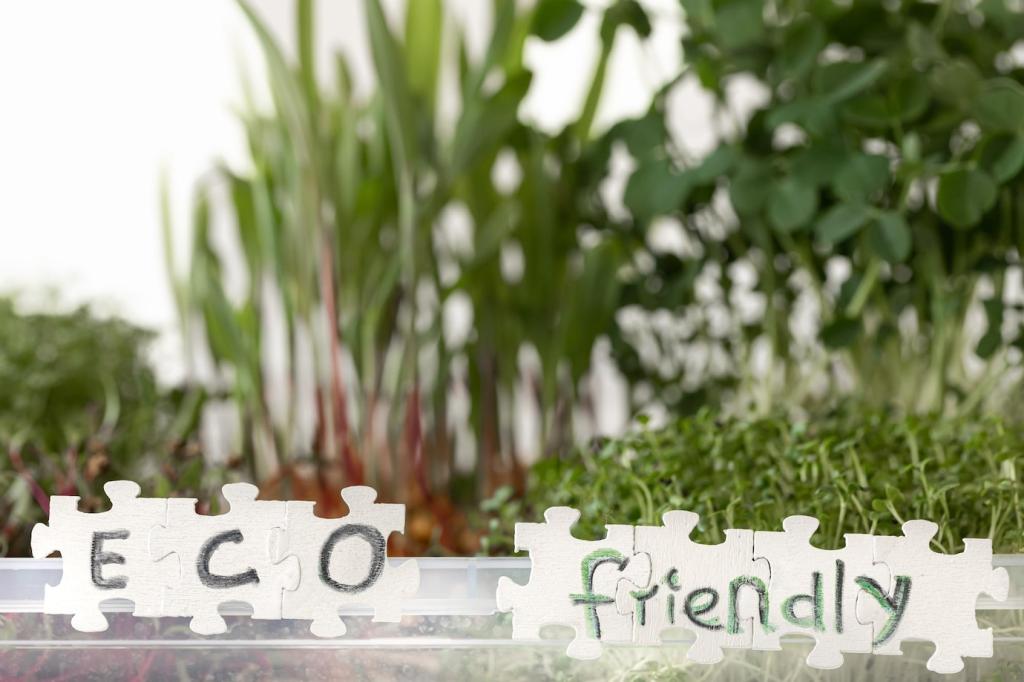Care, Maintenance, and Troubleshooting
Dust weekly with a dry cloth and buff lightly to revive glow. Apply a thin maintenance coat every few months on high-use areas. If the surface feels sticky, wait longer before buffing, or use a fresh cloth to remove unabsorbed residue and restore clarity.
Care, Maintenance, and Troubleshooting
For light water rings, a gentle re-wax and warm buffing often does the trick. Place a soft cloth over the mark and buff until it blends. Persistent spots may need a cautious pass with fine abrasive, then a thin wax coat to even the sheen.








